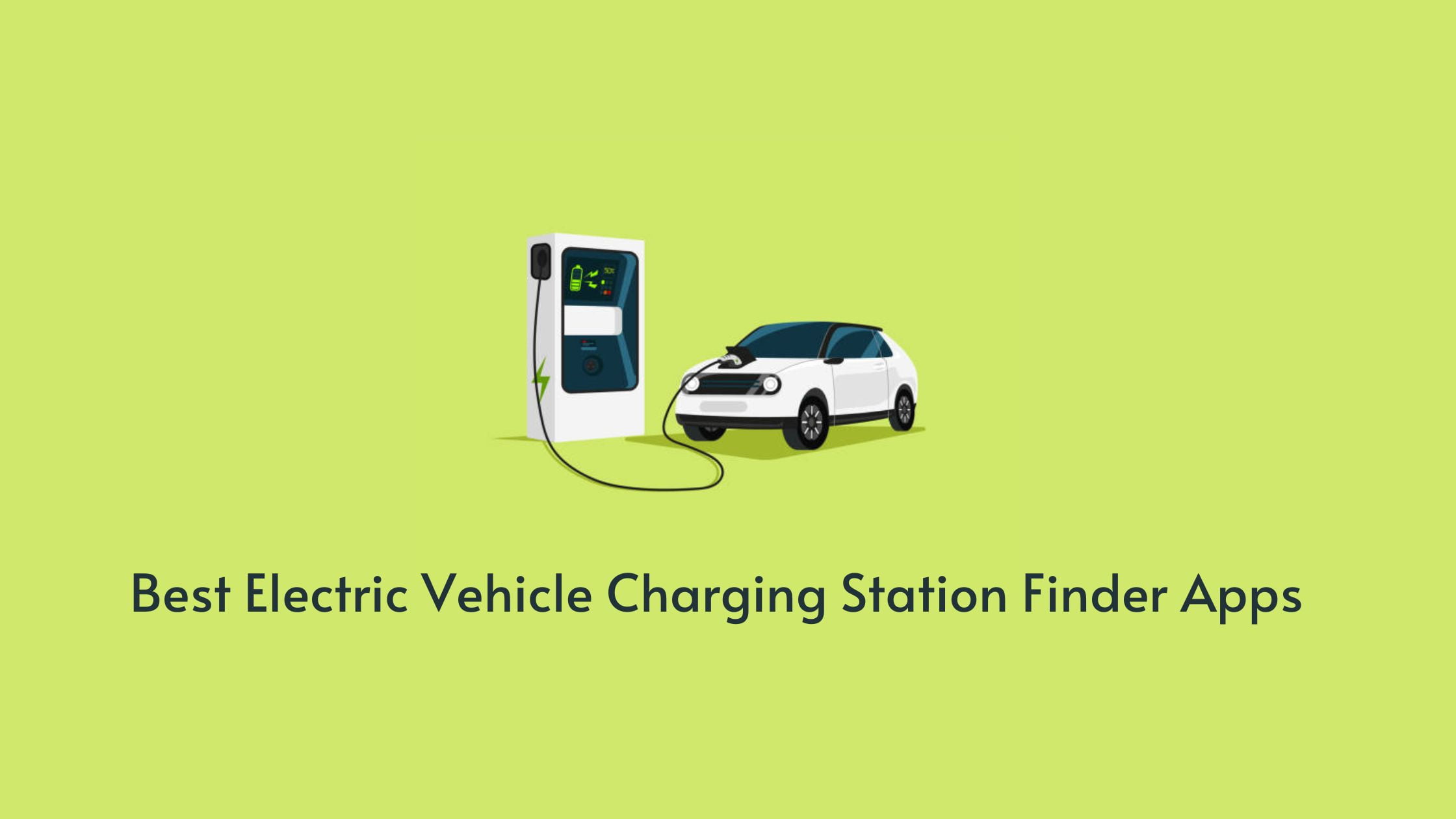In the last decade, we’ve witnessed an unprecedented rise in the use of mobile apps in education. As smartphones have become ubiquitous, so have applications designed to bolster learning.
At the heart of this trend is the concept of self-directed learning, a process that allows learners to take the helm of their educational journey. As we continue to navigate the digital age, understanding the interplay between these two elements has never been more crucial.
The Advent of Educational Mobile Apps
The journey of educational mobile apps traces back to the era of World War II when early attempts were made to incorporate technology into education. However, it wasn’t until the proliferation of personal computers and eventually smartphones that educational software truly started to take shape and evolve. These tools moved from being directly tied to the hardware on which they ran, towards becoming standalone applications that could be accessed across multiple devices.
In the current digital age, educational apps have carved a significant niche in the tech industry, attracting substantial investments and generating lucrative acquisitions. Much like how students might seek out the best essay writing service like KingEssays for their academic needs, these apps provide an invaluable tool for learning. The evolution of e-learning systems and educational apps continues to redefine the boundaries of traditional learning, offering a more personalized, interactive, and accessible approach to education.
Popular educational apps such as Duolingo, Khan Academy, and Photomath have gained widespread acceptance among students and educators alike. These apps cater to diverse learning needs and subjects, ranging from language learning to various academic disciplines and mathematical problem-solving.
Understanding Self-Directed Learning
Self-directed learning is a process where individuals take the initiative in diagnosing their learning needs, formulating learning goals, identifying resources for learning, choosing and implementing learning strategies, and evaluating learning outcomes.
In modern education, self-directed learning plays an integral role. As the pace of technological advancement accelerates, the ability to learn independently and adaptively has become crucial. Self-directed learning not only fosters these abilities but also encourages autonomy, critical thinking, and lifelong learning.
The benefits of self-directed learning are manifold. It empowers students to take control of their learning process, tailor it to their individual needs and preferences, and engage more deeply with the material. Furthermore, it equips students with the skills necessary to navigate an ever-changing digital landscape.
Impact of Mobile Apps on Self-Directed Learning
Mobile apps have emerged as powerful tools for facilitating self-directed learning. They provide a platform where students can explore topics at their own pace, delve deeper into areas of interest, and apply knowledge in interactive ways.
For instance, Quizlet allows students to create their own study sets, promoting active engagement with the material and fostering a more personalized learning environment. Similarly, apps like Khan Academy offer comprehensive resources on various subjects that students can navigate independently.
However, while the advantages of using mobile apps for self-directed learning are evident, potential drawbacks should also be considered. These may include excessive screen time, digital distraction, and the risk of information overload. Balancing the use of technology with traditional learning methods remains an essential aspect of effective education.
Impact of Mobile Apps on Self-Directed Learning
Mobile applications have become instrumental in facilitating self-directed learning. They provide a platform where students can learn at their own pace, explore topics of interest, and apply knowledge through interactive activities. For instance, mobile-assisted language learning apps offer easy access to resources, supporting the development of language skills.
A study focusing on the use of mobile applications for self-directed learning of academic vocabulary among university students revealed positive outcomes. Similarly, another research showed that EFL learners using mobile application flashcards for self-directed learning of core vocabulary in English outperformed those who used traditional paper flashcards.
However, there are potential drawbacks to consider. Excessive screen time and digital distractions could hinder effective learning. It’s crucial to strike a balance between traditional learning methods and technology use.
Empirical Evidence
Numerous studies have explored the impact of mobile apps on self-directed learning. A study conducted on nursing students compared the effects of mobile phone-based app learning to computer-based web learning. The study found that both methods positively influenced academic motivation, self-directed learning readiness, and flow state.
In another study, an analysis was conducted on the impact of a mobile learning management system (LMS) according to self-directed learning. The results suggested implications for the stable operation of mobile LMSs.
Future Trends and Implications
The future of mobile apps in promoting self-directed learning looks promising. As technology evolves, we can anticipate educational apps becoming more personalized and adaptive to individual learning needs.
For educators, this means integrating these tools into teaching strategies effectively. Students, on the other hand, need to develop digital literacy skills to navigate these resources. And for app developers, it presents an opportunity to innovate and shape the future of education.
However, it’s important to consider the potential challenges. The risk of digital distractions and the need for digital literacy skills are issues that need addressing to ensure effective self-directed learning.
Conclusion
In conclusion, mobile apps have revolutionized the landscape of education by enabling self-directed learning. As we move forward, it’s essential to harness the potential of these tools while mitigating drawbacks. With thoughtful use, mobile apps can empower students to take charge of their learning, fostering skills that will serve them well in the digital age.







